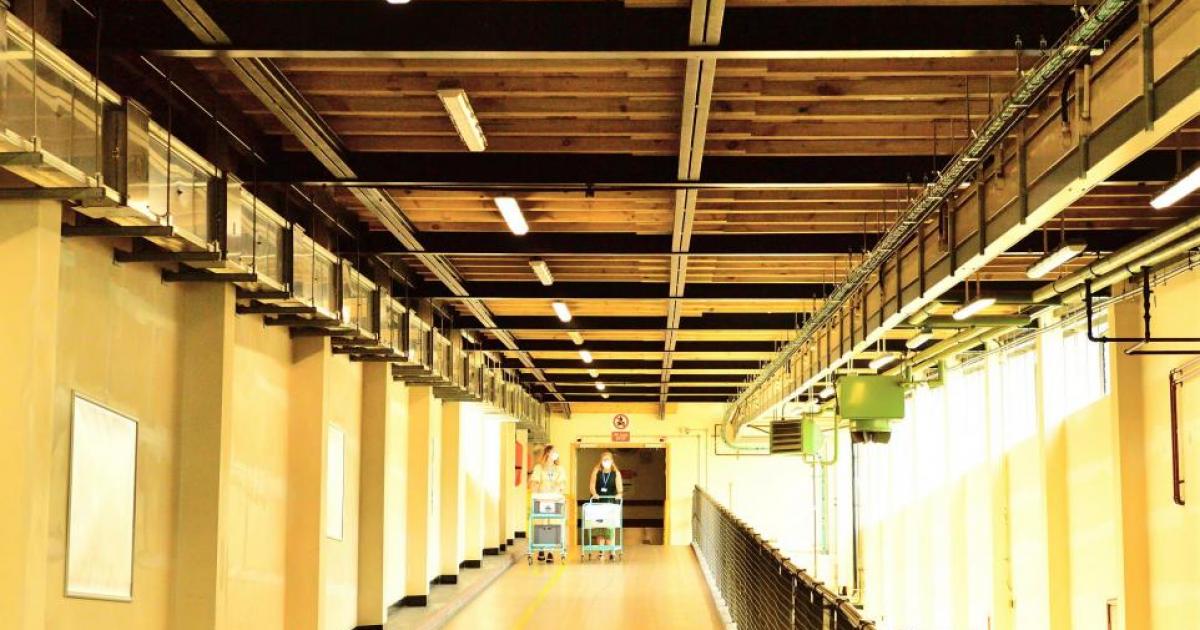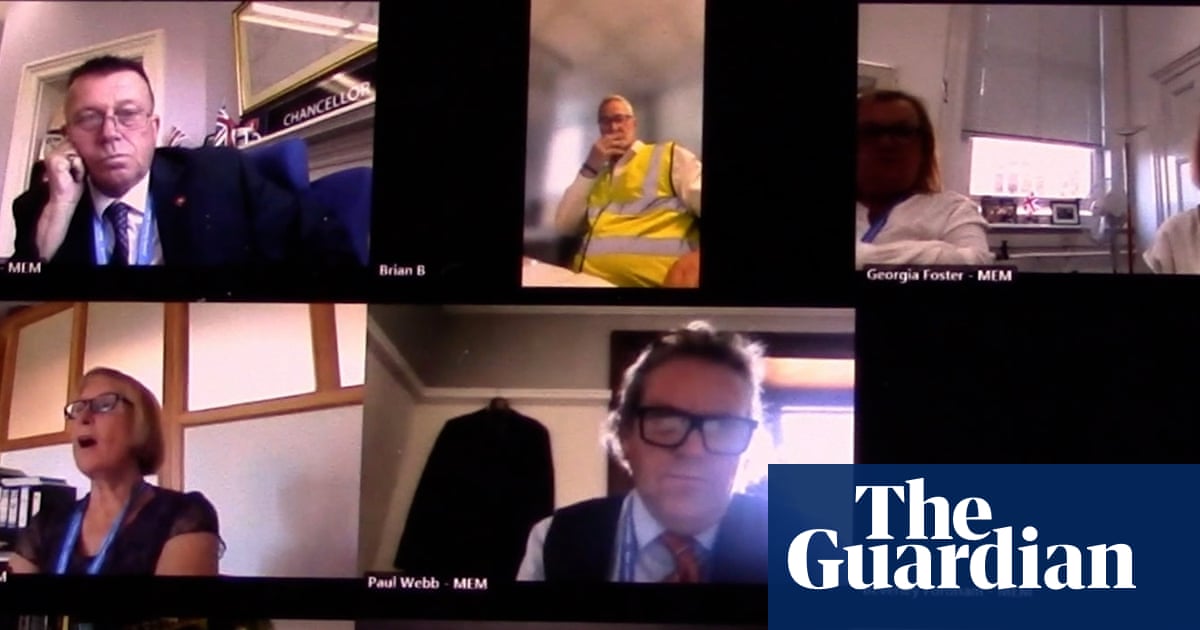The Queen Elizabeth Hospital in King’s Lynn, which is currently held up by thousands of props to stop parts of the roof collapsing, has been placed bottom in a table ranking all the country’s hospital.
The controversial system, which was published for the first time this week, assesses hospital performances based on average scores in several metrics.
These include analysing A&E waiting times, surgery waiting lists and patient feedback, as well as metrics like financial management and staff feedback.
The QEH, which has been blighted by building safety issues and is due to be built, has found itself rock bottom of the first set of rankings, with Norfolk’s other hospitals also faring poorly.
The James Paget University Hospital in Gorleston was ranked as sixth-worst in the country – at 129th out of 134.
The Norfolk and Norwich University Hospital also placed comfortably outside of the top 100, ranked 111th overall.

Chris Bown, the QEH’s interim managing director, said: “Our patients deserve the highest standards of care, and we are sorry that in some of our performance areas, as reported in the National Oversight Framework data, we have fallen short.
“Immediate steps are being taken to address the issues.
“We recognise and take very seriously any concerns raised about the Queen Elizabeth Hospital.”
He said the hospital had already put a number of measures in place to improve its position, including recruiting more specialist emergency department consultants and making plans to create a new urgent treatment centre in 2026.
All three of Norfolk’s main hospitals have recently formed the Norfolk and Waveney University Hospitals Group, an effective merger between the three under a single chief executive.

Prof Lesley Dwyer, chief executive of the group, said: “Clearly, we want our hospitals to be rated higher much higher in the new National Outcomes Framework.
“They are not where we want them to be, and we owe it to our population, patients and staff to make rapid improvements. We are determined to do so.
“We have taken an important step forward by setting up our new Norfolk and Waveney University Hospitals Group.
“By operating as a formal strategic group, we can drive speedier and more decisive strategic action and accelerate improvement to patient pathways.
“Our first priorities are urgent and emergency care, cancer, frailty, stroke and maternity services.”
She added that the hospitals were “united and ambitious in our determination to do more.”
She added: “Our ambition is to develop and deliver a university hospital system that is recognised locally, regionally and nationally and globally for high quality healthcare, research, education and training and an employment destination of choice.”
The ranking system has been introduced by health secretary Wes Streeting, who insists it has been designed to highlight which hospital trusts require the most support – and not to name and shame underperforming trusts.

He said: “We must be honest about the state of the NHS to fix it. Patients and taxpayers have to know how their local NHS services are doing compared to the rest of the country.
“These league tables will identify where urgent support is needed and allow high-performing areas to share best practices with others, taking the best of the NHS to the rest of the NHS.
“Patients know when local services aren’t up to scratch and they want to see an end to the postcode lottery – that’s what this government is doing.”
By summer next year, league tables will be expanded to also rank integrated care boards.


